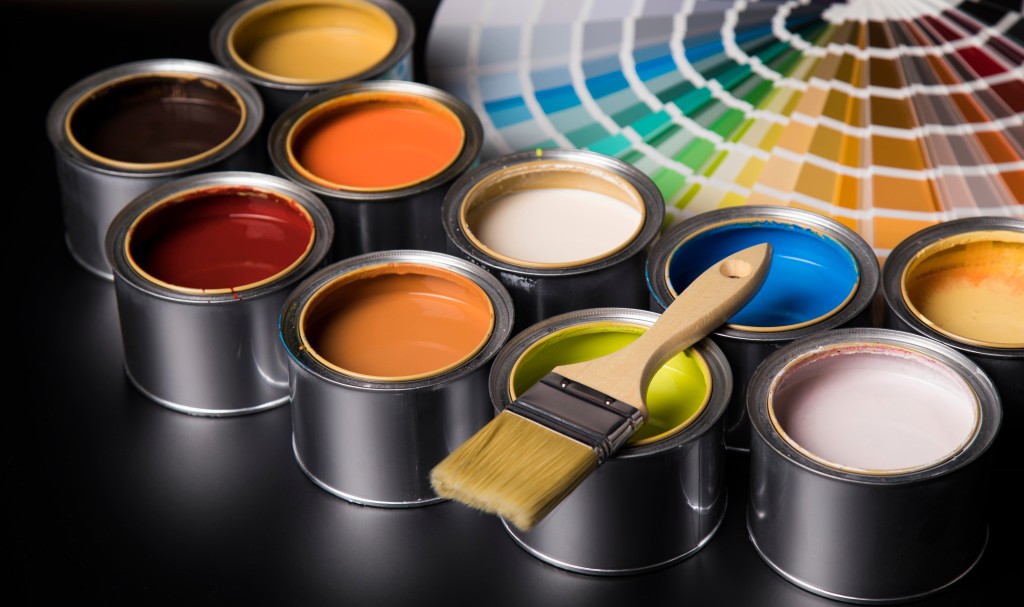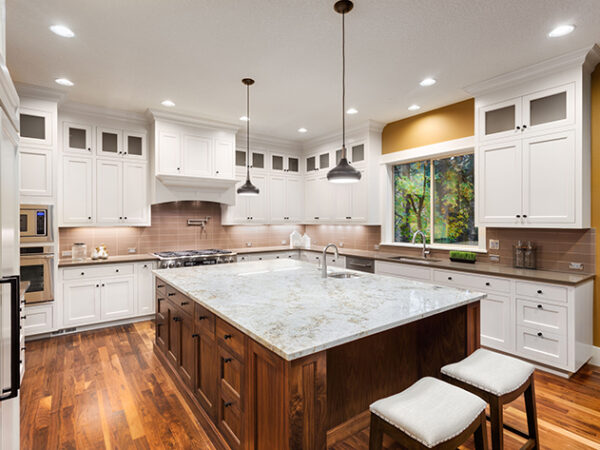Choosing the right paint colours for your home can be a difficult task. With so many different colours and shades available, it can be hard to know where to start. Whether you are renovating or simply looking to freshen up a room, it is important to consider the look and feel you want to achieve with your interior design and paint. This blog post will provide helpful tips and information on how to select the right paint colours for your home if in doubt use the best painter and decorators Llandudno.
Layers
When it comes to selecting the right paint colours for your home, layering is key. The best way to achieve a well-rounded and stylish look is to start with a neutral backdrop and build on it with colour. When choosing neutrals, aim for dark hues that will give the room depth and provide a subtle background for your furniture and accessories. From there, you can layer in bolder colours through art, textiles, and other decor items. This layering technique will allow you to create a cohesive look that is sophisticated and timeless.
Dark Neutrals
When it comes to painting your home, dark neutrals can be a great way to go. Dark neutrals can create a cosy and inviting atmosphere while still offering plenty of light to the space. You can pair dark neutrals with a few lighter neutrals or with brighter accent colours to create an eye-catching look. Choose darker shades of grey, beige, brown, and black to create a striking contrast. These hues work best in rooms with plenty of natural light, but they can also add drama and sophistication to darker spaces. When using dark neutrals, it’s important to remember that less is more. Avoid overusing these hues by adding in lighter accents and accessories.
Be sure to test first
Before you decide on a colour, be sure to test it first. This will give you a better idea of how the paint will look in the room. Paint a large poster board or foam core in the colour and place it against the wall. This will show you how the light interacts with the paint and how it looks with the other elements in the room. You should also use several different lighting sources to get an accurate assessment of the hue. If you are having difficulty deciding which colours work best together, use a colour wheel to help you make your decision. Lastly, view the paint colour in natural daylight and at night, this will give you a clear indication of how the colour will look throughout the day.
Consider how the space will be used
If you’re painting a kitchen, look for shades that will brighten up the room and bring out the natural elements of your countertops, cabinets and appliances. Kitchen spaces are often used for entertaining, so you may want to consider warm tones and earthy hues that will create a cosy atmosphere for guests.
On the other hand, if you’re painting a bedroom, you may want to opt for more muted and subtle shades that will help create a calming atmosphere for rest and relaxation. Pastel tones, light greys and blues, and even white can all be great choices for bedrooms. Property north wales can always be enhanced with the right paint job.
In living spaces, such as a living room or dining room, you may want to opt for a bolder colour palette to create a unique atmosphere. Reds, greens, oranges and even purples can be great choices here. You can also use accent walls to create a statement in these rooms.
By considering how the space will be used, you can ensure that you choose the right paint colours to create the perfect atmosphere for each space in your home.
Don’t mindlessly follow trends
When you’re deciding on a colour for your home, it’s important to select a shade that you won’t tire of quickly. Trends come and go in interior design, but the colours you choose should reflect your personal style and should be timeless.
Before you choose a colour, consider how long you plan to stay in the space. If you anticipate living in the space for a while, look beyond short-term trends and select shades that will still be stylish years down the line.
If you want to add a trendier touch to a space, try using smaller pieces, such as throw pillows or area rugs, to give it a pop of colour without committing to a full wall paint job. You can also accessorize with art pieces, curtains and other accents in brighter, more temporary shades to keep up with the current trends without having to worry about out-of-style colours.
Another way to incorporate trends without going overboard is to use them as an accent wall. Choose one wall that you can repaint when the trend fades away. This way, you can get the best of both worlds—staying ahead of the trend but not over-committing to something that could become outdated quickly.
Following trends mindlessly can lead to an overly busy look, so it’s best to choose timeless colours as the base of your home decor and then add subtle touches of the current trends. Keep in mind the long-term and make sure that whatever colour you choose, it’s something you’ll still love even if the trend has passed.





